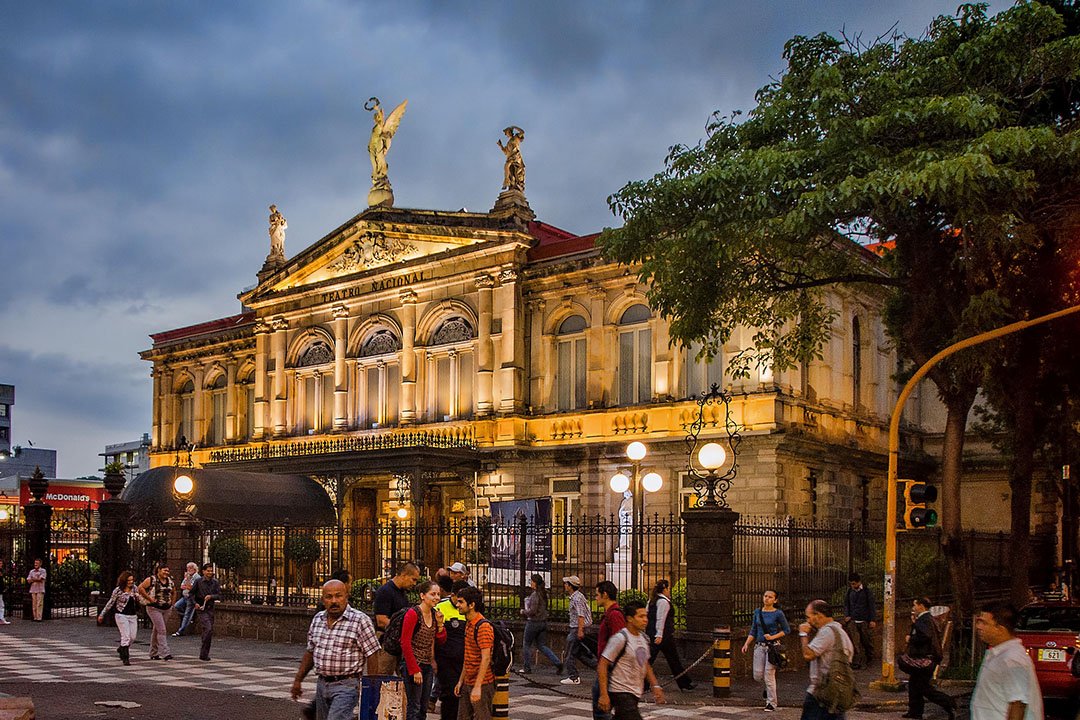If you are a tourist or foreigner in Costa Rica and want to better understand how the country is organized, this guide is for you. Costa Rica has a unique administrative division that includes provinces, cantons, and districts. Each level serves a specific function in the country’s system of government and territorial organization. In this article, we will explain what provinces, cantons, and districts are in Costa Rica, so you can orient yourself and move around easily.
What is a Province in Costa Rica?
In Costa Rica, the term province refers to the largest administrative unit. The country is divided into 7 provinces, which are:
– San José
– Alajuela
– Cartago
– Heredia
– Guanacaste
– Puntarenas
– Limón
Each province has its own style, culture and tourist attractions. The province of San José, for example, is the urban and economic center of the country, while Guanacaste is known for its paradisiacal beaches. Each province offers a unique and diverse experience for visitors.
What is a Canton in Costa Rica?
Within each province, Costa Rica is divided into cantons, which are the intermediate units of administration. In total, there are 82 cantons in Costa Rica, and each has an independent local government that handles matters such as infrastructure, education, and tourism.
Cantons are similar to what in other countries might be called “municipalities” or “counties.” Each canton has its own mayor and municipal council. This means that tourists may find different regulations and services depending on which canton they are in.
For example, in the province of Alajuela, you can visit the canton of San Ramón, famous for its natural landscapes, or the canton of Grecia, known for its beautiful metal church and coffee culture.
What is a District in Costa Rica?
The district is the smallest administrative division in Costa Rica. Each canton is divided into districts, which serve a similar function to a neighborhood or barrio in other countries. There are about 488 districts in Costa Rica, and each has its own local identity.
For example, within the canton of Escazú (in the province of San José), districts such as San Rafael or San Antonio have their own educational centers, parks, and local services. Districts are the most precise way of organizing the territory and allow for proper resource management for residents and tourists.
How to Use This Information as a Tourist?
Understanding the structure: Knowing this organization is helpful if you’re traveling between different parts of Costa Rica. Each level of division may have its own information centers, services, and transportation options.
Visiting multiple cantons and districts: Take advantage of the opportunity to explore various cantons within a province. For instance, in the province of Heredia, you can find diverse climates and activities in the cantons of Santa Bárbara and Belén.
Identifying services and regulations: When staying or moving between cantons and districts, you’ll notice differences in regulations and services managed at the municipal level.
Conclusion: Costa Rica and Its Territorial Organization
Costa Rica is a small country, but it has a well-defined administrative organization into provinces, cantons, and districts, allowing both residents and visitors to enjoy a complete and diverse experience. This structure allows each area to maintain its unique essence and offer different options for tourists. From the vibrant districts of San José to the relaxing beaches of Guanacaste, each corner of Costa Rica has something special to offer.
Always remember to research the canton or district you plan to visit to make the most of your stay in Costa Rica and to enjoy the local attractions and municipal services.

